
It seems in this case, its single one-star review was warranted.
Our Japanese-language reporter Masanuki Sunakoma bought a speaker on Amazon recently, but not just any speaker: It was a mysterious, levitating speaker. According to its product description, it uses the double power of electromagnets and permanent magnets to float, and little air currents to spin. In other words, it’s a floating, spinning speaker! What’s more, once the speaker floats, the magnets keep it from being knocked down, which makes it stable in the air, and since there’s almost no friction, it can spin forever once it’s started.
“Seriously?!” said Masanuki, pressing his face up to his computer screen. “Let’s try it!”
So he purchased the “Magnetic Floating Speaker LED Interior Smart Mysterious Speaker that Floats in the Air with the Power of Magnets“ (hereafter referred to as “MFSLEDISMSTFITAWTPOM”), which retails for 6,777 yen (US$53.24). True to its name, it not only floats but has a cool blue LED light, which is sure to up its attractiveness factor.
Sadly, the MFSLEDISMSTFITAWTPOM has a one-star rating on Amazon from a single reviewer, who said, “It broke immediately,” “It’s so difficult to get floating it requires patience and perseverance”, “I’ve received no response from the seller”, and “I wish I’d never bought it.”
But Masanuki is no stranger to low-rated and hardly rated products on Amazon. He’s tried a variety of products like wigs and portable showers that didn’t turn out as bad as expected, so he chose to look on the bright side and interpret these comments as “Once I get it levitating through patience and perseverance, it’ll spin forever!”
Plus, the picture on the box looked so cool!
The speaker came with several parts: the floating speaker itself, the base, a supporting stand, a USB cable, and an AC adapter. Also included in the box was an English user guide.
After taking everything out, Masanuki was relieved to also find a Japanese user guide, which told him that to use the speaker, you first have to charge it with the USB cable. Once it’s fully charged, in about three hours, it can be used for up to five hours consecutively. So Masanuki plugged in the speaker to charge.
Later, when it was ready to use, he attached the AC adaptor to the base and placed it on a flat surface.
Here’s where patience and perseverance come in. You have to hold the speaker with both hands over the center of the base, hovering it around until you find the right spot where it will maintain the balance needed to stay afloat.
As mentioned, the speaker is designed to float with the power of electromagnets (which become magnetic only when charged with electricity) and permanent magnets (which don’t need electricity to become magnetic), which means it’s supposed to be stable against bumps and jostles and never fall down.
According to the user guide, when the base lights up with blue LED lights, that means you’ve achieved the right balance, but in Masanuki’s experience, the base lights up even when the speaker isn’t balanced. As such, patience and perseverance were required to find the exact point over which the speaker will balance. It was challenging, but Masanuki believed that success would be reward enough for all the trouble.
However, the power of the magnet was so strong that it was really hard to get the speaker to float. The magnet pulls the speaker down with a surprising amount of force, making it crash onto the base like a meteorite.
▼ It falls with the same amount of force as an adult throwing a ball at a wall.
This happened over and over, which made the reviewer’s comment of “It broke immediately” understandable. Anything experiencing that amount of force so frequently would break. Clearly, setting up this speaker not only requires patience and perseverance but you also have to quickly figure out the trick to getting it to float before the speaker breaks. Masanuki definitely didn’t want to break a speaker he spent 7,000 yen on before even getting to use it.
If you use the support stand, it’s particularly important to master the art of removing it once you’ve found the point above which the speaker will float, which is extremely difficult. It’s more nerve-wracking than removing a tricky block from a Jenga tower. If you don’t remove it slowly and carefully, you could send the speaker slamming into the stand yet again.
Luckily, Masanuki’s patience and perseverance paid off. After several dozen attempts, the moment finally arrived:
It was floating!
He did it!!
And then…
Bam!
The speaker immediately fell. Masanuki felt his heart stop, and then it resumed, filled with rage. “I’m going to destroy this thing,” Masanuki grumbled to himself, picking it up for the hundredth time. When he placed it in the air again, the speaker crashed back onto the stand without Masanuki ever making a sound, never mind a movement.
▼ Bam!
Masanuki tried changing the surface on which the base stood…
▼ Bam!
But there was no luck there, either. After wasting a whole day trying to place it correctly, the longest he could get it to float was 25 seconds, which, to be honest, genuinely felt like an eternity after so many failures. But, try as he might, he could not get the speaker to float and spin for a true eternity.
Eventually, Masanuki felt bad for the speaker and gave up.
The speaker itself still works great even if you can’t get to float, so if you’re looking for a round speaker, maybe you’ll like the MFSLEDISMSTFITAWTPOM.
Masanuki, however, will never buy it again. Maybe he should go pick up some hot spring water at the onsen vending machine to soak away all that tension he just built up.
Source: Amazon
Images © SoraNews24
● Want to hear about SoraNews24’s latest articles as soon as they’re published? Follow us on Facebook and Twitter!
[ Read in Japanese ]


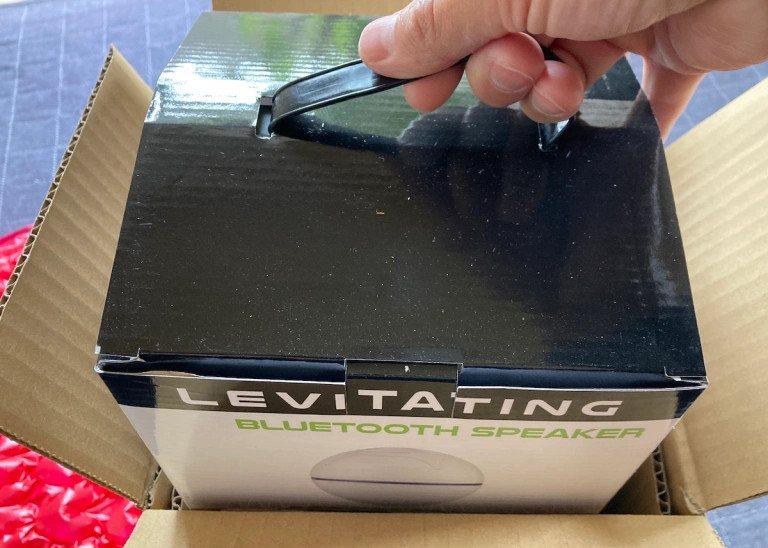

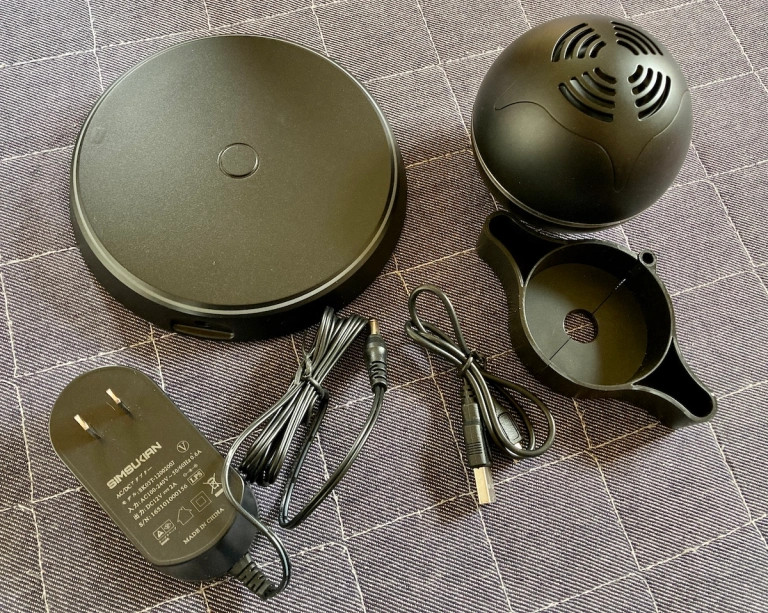
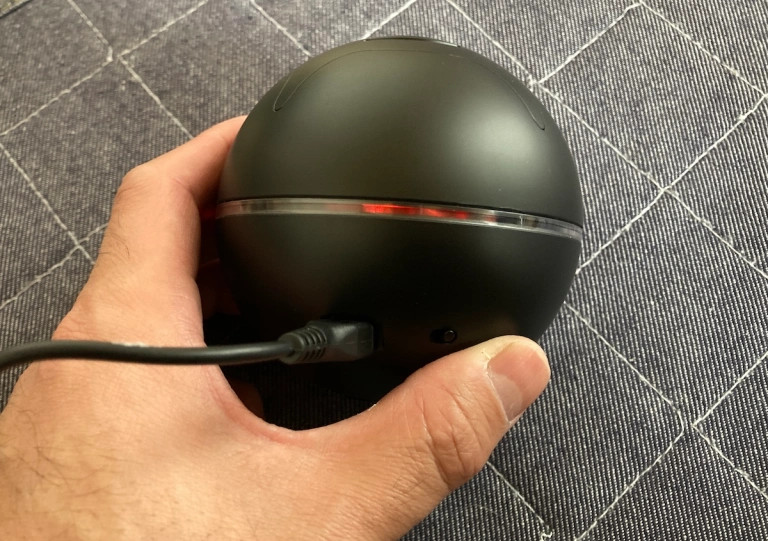
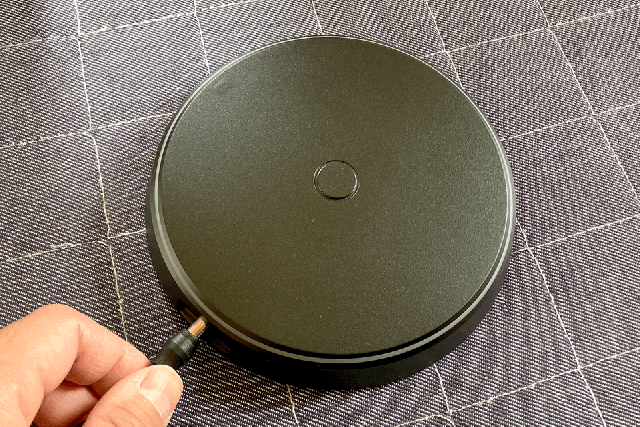

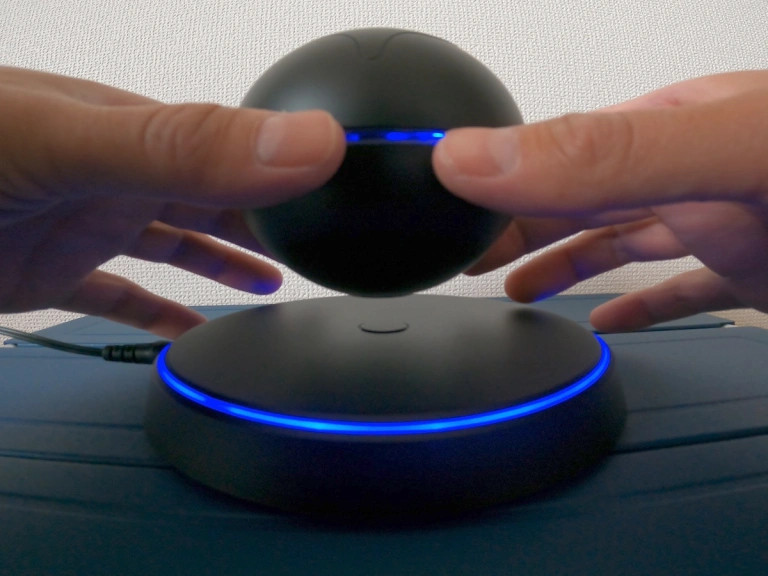
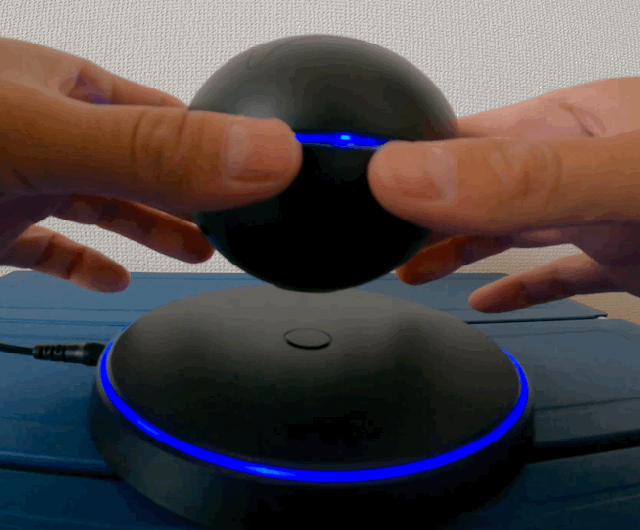
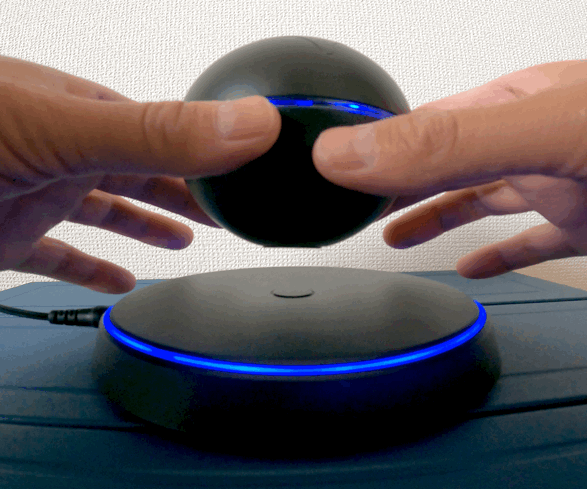
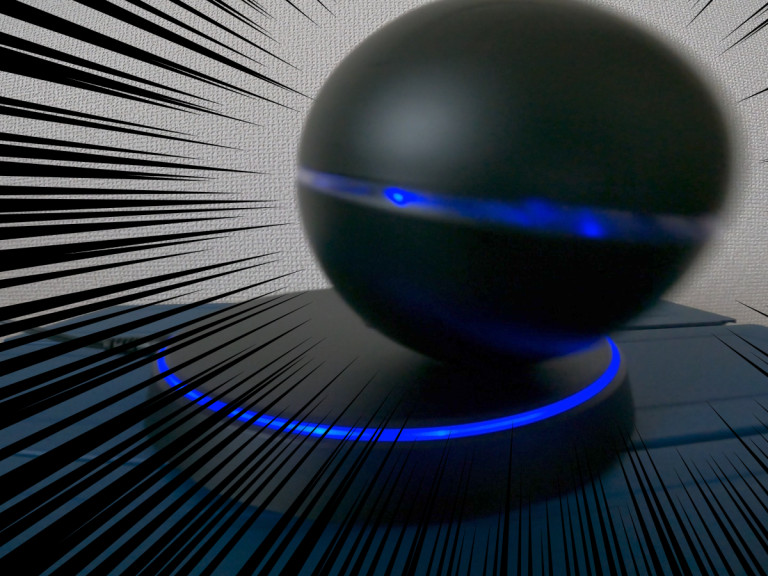
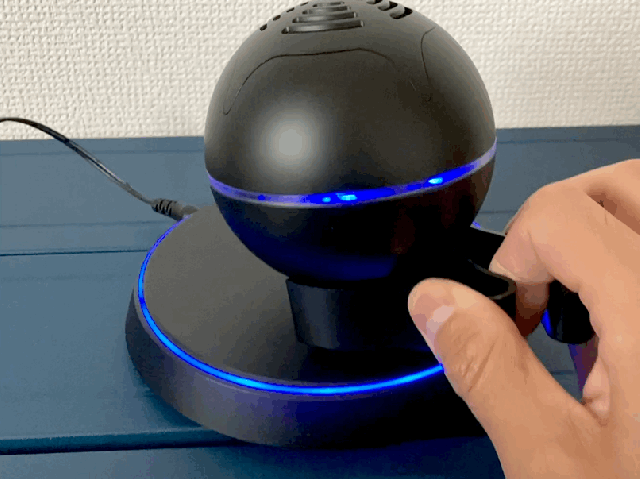
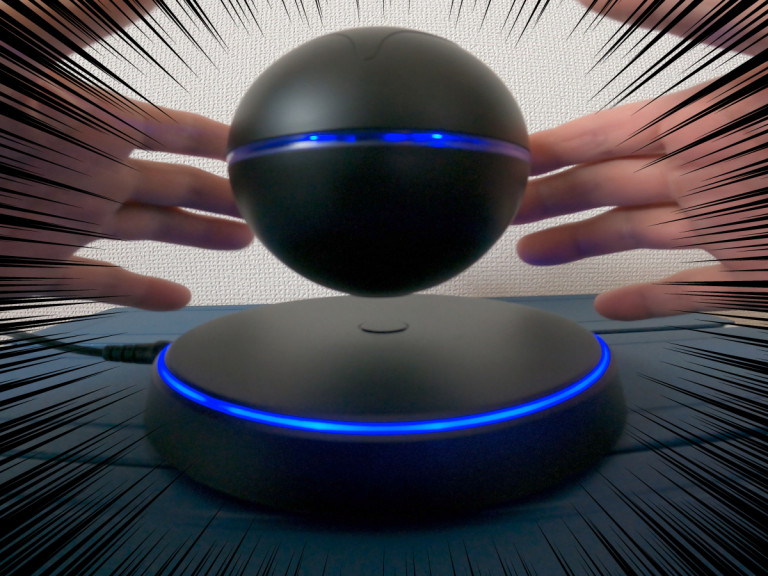
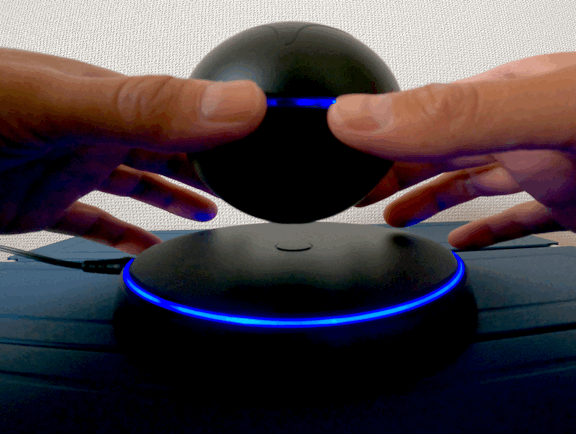
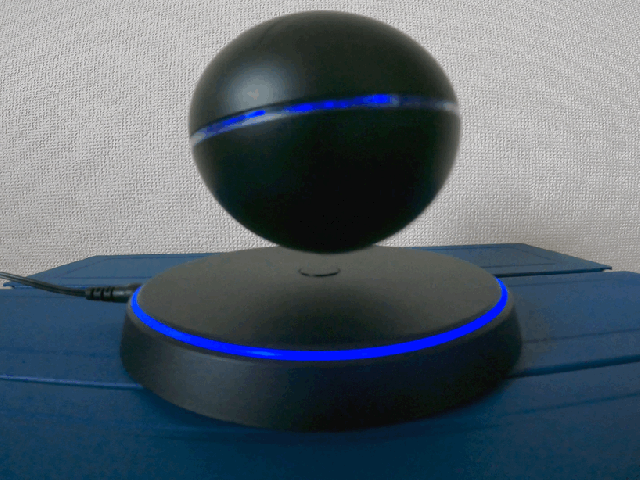
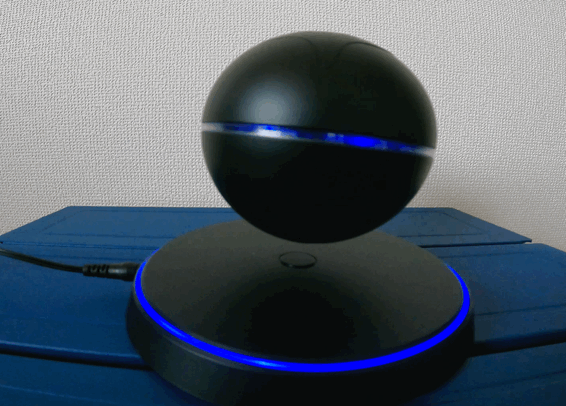
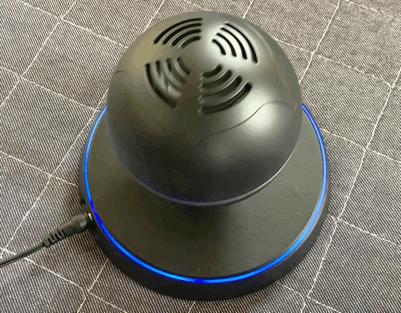
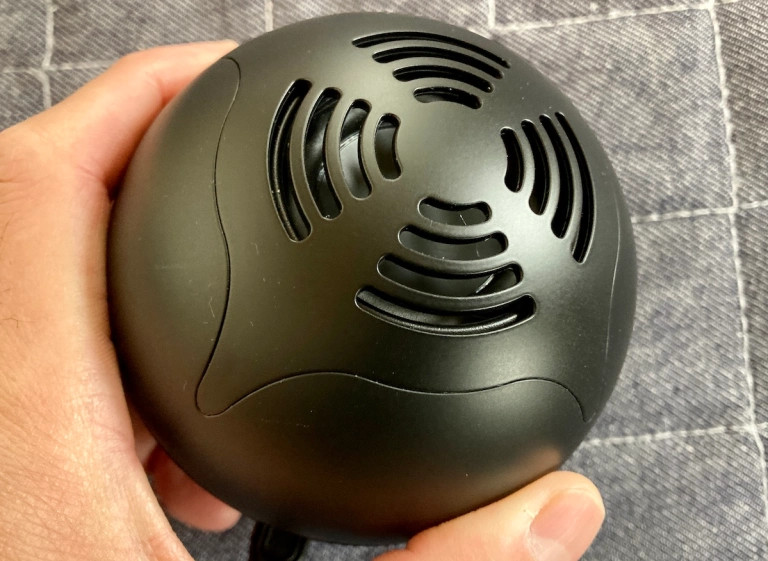
 We buy a low-rated, solar-powered bobblehead toy meant to be calming in bad traffic【Amazon Low-Rated】
We buy a low-rated, solar-powered bobblehead toy meant to be calming in bad traffic【Amazon Low-Rated】 Low-Amazon-rated heater claims to melt car frost with energy blasts, does only half a thing right
Low-Amazon-rated heater claims to melt car frost with energy blasts, does only half a thing right It’s a race against time with Amazon Japan’s lowest-rated hourglass
It’s a race against time with Amazon Japan’s lowest-rated hourglass We brave the winter with the lowest-rated gloves from Amazon Japan
We brave the winter with the lowest-rated gloves from Amazon Japan We test out the portable shower backpack Amazon recommended to us (which also only has two stars)
We test out the portable shower backpack Amazon recommended to us (which also only has two stars) Bad tourist manners at Mt Fuji Lawson photo spot prompts Japanese town to block view with screens
Bad tourist manners at Mt Fuji Lawson photo spot prompts Japanese town to block view with screens Foreigner’s request for help in Tokyo makes us sad for the state of society
Foreigner’s request for help in Tokyo makes us sad for the state of society McDonald’s Japan’s new pancake pie is a taste sensation
McDonald’s Japan’s new pancake pie is a taste sensation Two things to do, and two things not to do, when leaving a traditional Japanese inn
Two things to do, and two things not to do, when leaving a traditional Japanese inn Studio Ghibli unveils massive T-shirt collection featuring top anime movie characters
Studio Ghibli unveils massive T-shirt collection featuring top anime movie characters FUK COFFEE?!? Japanese cafe has a perfectly innocent reason for its startling-looking name
FUK COFFEE?!? Japanese cafe has a perfectly innocent reason for its startling-looking name Japanese park’s English dog turd warning minces no words【Why does Engrish happen?】
Japanese park’s English dog turd warning minces no words【Why does Engrish happen?】 All-you-can-drink Starbucks and amazing views part of Tokyo’s new 170 meter-high sky lounge
All-you-can-drink Starbucks and amazing views part of Tokyo’s new 170 meter-high sky lounge Ghibli Park opens final area to first visitors, with stunning new attractions and shops 【Videos】
Ghibli Park opens final area to first visitors, with stunning new attractions and shops 【Videos】 One of Japan’s oldest castles now lets travelers spend night on the grounds, drink in its keep
One of Japan’s oldest castles now lets travelers spend night on the grounds, drink in its keep Japanese ramen restaurants under pressure from new yen banknotes
Japanese ramen restaurants under pressure from new yen banknotes Red light district sushi restaurant in Tokyo shows us just how wrong we were about it
Red light district sushi restaurant in Tokyo shows us just how wrong we were about it McDonald’s new Happy Meals offer up cute and practical Sanrio lifestyle goods
McDonald’s new Happy Meals offer up cute and practical Sanrio lifestyle goods Tokyo Tsukiji fish market site to be redeveloped with 50,000-seat stadium, hotel, shopping center
Tokyo Tsukiji fish market site to be redeveloped with 50,000-seat stadium, hotel, shopping center Japanese city loses residents’ personal data, which was on paper being transported on a windy day
Japanese city loses residents’ personal data, which was on paper being transported on a windy day Beautiful Red and Blue Star luxury trains set to be Japan’s new Hokkaido travel stars
Beautiful Red and Blue Star luxury trains set to be Japan’s new Hokkaido travel stars Ghibli Park now selling “Grilled Frogs” from food cart in Valley of Witches
Ghibli Park now selling “Grilled Frogs” from food cart in Valley of Witches New definition of “Japanese whiskey” goes into effect to prevent fakes from fooling overseas buyers
New definition of “Japanese whiskey” goes into effect to prevent fakes from fooling overseas buyers Our Japanese reporter visits Costco in the U.S., finds super American and very Japanese things
Our Japanese reporter visits Costco in the U.S., finds super American and very Japanese things More foreign tourists than ever before in history visited Japan last month
More foreign tourists than ever before in history visited Japan last month New Pokémon cakes let you eat your way through Pikachu and all the Eevee evolutions
New Pokémon cakes let you eat your way through Pikachu and all the Eevee evolutions Disney princesses get official manga makeovers for Manga Princess Cafe opening in Tokyo
Disney princesses get official manga makeovers for Manga Princess Cafe opening in Tokyo We try out “Chan Ramen”, an underground type of ramen popular in the ramen community
We try out “Chan Ramen”, an underground type of ramen popular in the ramen community Sales of Japan’s most convenient train ticket/shopping payment cards suspended indefinitely
Sales of Japan’s most convenient train ticket/shopping payment cards suspended indefinitely Sold-out Studio Ghibli desktop humidifiers are back so Totoro can help you through the dry season
Sold-out Studio Ghibli desktop humidifiers are back so Totoro can help you through the dry season Japanese government to make first change to romanization spelling rules since the 1950s
Japanese government to make first change to romanization spelling rules since the 1950s Ghibli founders Toshio Suzuki and Hayao Miyazaki contribute to Japanese whisky Totoro label design
Ghibli founders Toshio Suzuki and Hayao Miyazaki contribute to Japanese whisky Totoro label design Doraemon found buried at sea as scene from 1993 anime becomes real life【Photos】
Doraemon found buried at sea as scene from 1993 anime becomes real life【Photos】 Tokyo’s most famous Starbucks is closed
Tokyo’s most famous Starbucks is closed One Piece characters’ nationalities revealed, but fans have mixed opinions
One Piece characters’ nationalities revealed, but fans have mixed opinions We asked a Uniqlo employee what four things we should buy and their suggestions didn’t disappoint
We asked a Uniqlo employee what four things we should buy and their suggestions didn’t disappoint “The revolutionary way to pick your nose!” We try out the Nose Picker
“The revolutionary way to pick your nose!” We try out the Nose Picker We eat an intimidating curry with toppings randomly chosen for us by CoCo Ichibanya’s ‘Gacha’ app
We eat an intimidating curry with toppings randomly chosen for us by CoCo Ichibanya’s ‘Gacha’ app We throw a bubble party at our cheap countryside house in Japan【Video】
We throw a bubble party at our cheap countryside house in Japan【Video】 Japanese sweets box from Amazon Japan is a treasure trove of dagashi nostalgia
Japanese sweets box from Amazon Japan is a treasure trove of dagashi nostalgia 2022’s top stories in games and tech 【SoraNews24 Year in Review】
2022’s top stories in games and tech 【SoraNews24 Year in Review】 Our one-star Halloween mask from Amazon has arrived! …in mid-November
Our one-star Halloween mask from Amazon has arrived! …in mid-November We bought the latest in low-rated fitness technology from Amazon: the Nejirunba
We bought the latest in low-rated fitness technology from Amazon: the Nejirunba We go to a festival on a Japanese Air Self-Defense Force base, walk on a runway, see cool planes
We go to a festival on a Japanese Air Self-Defense Force base, walk on a runway, see cool planes European and American Men’s Wig: the lowest-rated wig on Amazon Japan
European and American Men’s Wig: the lowest-rated wig on Amazon Japan Super-cheap Online Shopping – Can you make a capsule hotel look cool with a 365-yen aurora light?
Super-cheap Online Shopping – Can you make a capsule hotel look cool with a 365-yen aurora light? Field-testing the shark sleeping bag/hoodie/kigurumi being offered for zero yen online【Photos】
Field-testing the shark sleeping bag/hoodie/kigurumi being offered for zero yen online【Photos】 Let’s get into the holiday spirit with some low rated Christmas decorations from Amazon Japan
Let’s get into the holiday spirit with some low rated Christmas decorations from Amazon Japan Can Amazon Japan’s low-rated clothes drying bag save us in a pinch?
Can Amazon Japan’s low-rated clothes drying bag save us in a pinch? Putting on a magic show with Amazon Japan’s lowest rated magic props
Putting on a magic show with Amazon Japan’s lowest rated magic props What’s the difference between “The World’s Most Delicious” and “Tastiest” Coffee Jellies?
What’s the difference between “The World’s Most Delicious” and “Tastiest” Coffee Jellies? Testing the automatic jump rope spinner from Akihabara’s Thanko
Testing the automatic jump rope spinner from Akihabara’s Thanko
Leave a Reply